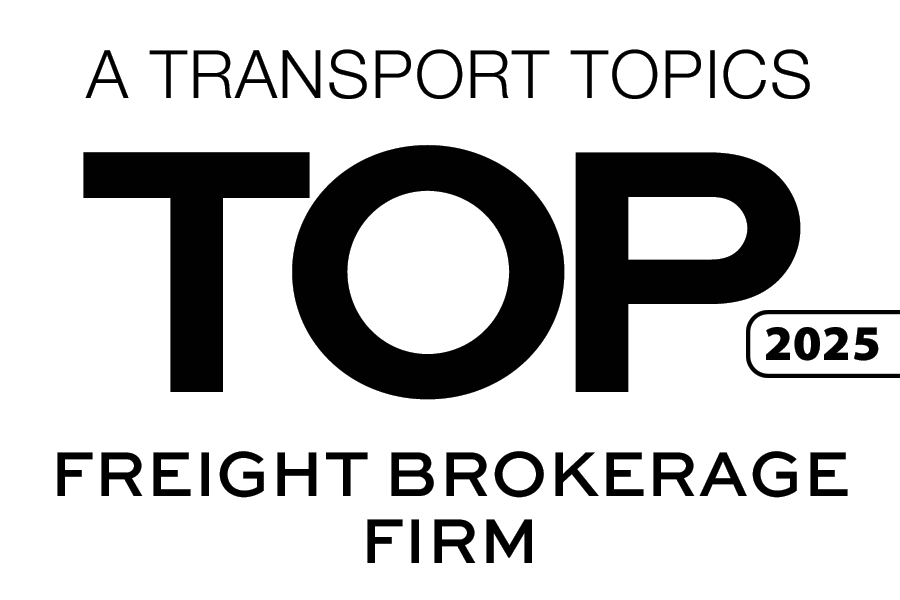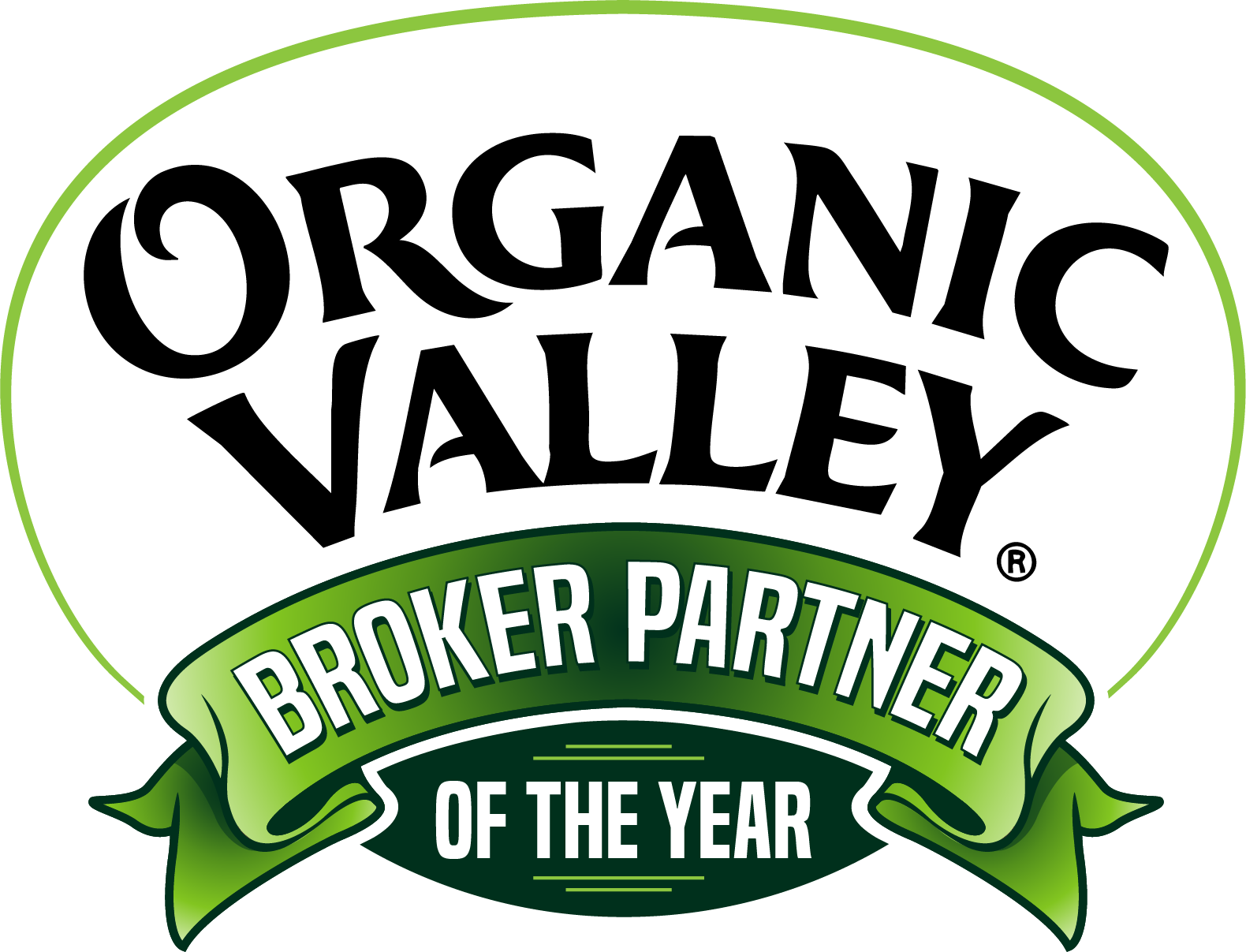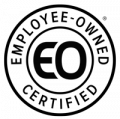Trucking on the Brink: Bankruptcies, Skyrocketing Costs, and the Fight for Survival
October 7, 2025
 The transportation sector continues to struggle through a difficult adjustment period. For years, carriers enjoyed low claims and steady demand, but 2024 has seen a reversal. Rising bankruptcies, insurance hikes, and the challenges of keeping pace with new technology are weighing heavily on companies across North America. Retail, construction, and automotive remain particularly vulnerable sectors, causing ripple effects throughout the supply chain.
The transportation sector continues to struggle through a difficult adjustment period. For years, carriers enjoyed low claims and steady demand, but 2024 has seen a reversal. Rising bankruptcies, insurance hikes, and the challenges of keeping pace with new technology are weighing heavily on companies across North America. Retail, construction, and automotive remain particularly vulnerable sectors, causing ripple effects throughout the supply chain.
Many long-standing carrier operations have closed their doors in the past year. This trend reflects more than just market cycles. The cost of new equipment has become prohibitive, insurance premiums spiked by an average of 12.5% year-over-year, and parts shortages continue to drive up maintenance costs. Even with tires dropping slightly in price from inflated pandemic-era levels, relief has been minimal.
For small and mid-sized carriers, succession challenges compound the problem. Many trucking companies are family-owned, and younger generations often choose careers outside the industry. Faced with the choice of reinvestment or retirement, many founders opt to sell or shut down. This is just one of many factors contributing to an industry-wide driver shortage.
“In our industry we’ve seen a lot of carriers that have been in business 40 or 50 years closing their doors,” says Allianz Trade Senior Economist Dan North. “The industry always purges itself in cycles, but we still have too much supply for the current volume. Attrition will continue until we reach equilibrium.”
How can stakeholders rise above the chaos of the modern supply chain? Get valuable insights and strategies in the latest episode of the Stay In Your Lane Podcast.
Excess supply remains another ongoing issue. The industry has always self-corrected through attrition, but the process is accelerating. Carriers unable to replace aging equipment or absorb month-to-month losses are exiting the market, yet demand has not rebounded enough to tighten capacity. Legislative shifts have added more uncertainty, as regulators seek to address fraud, insurance abuse, and driver credentialing loopholes that expanded during the past two decades.
“Getting parts, whether for automotive or trucking, is harder and more expensive,” North Explains. “Where parts were once readily available, now there’s a wait or premium pricing. Everyone is navigating these challenges.”
Insurance costs are not unique to trucking, but recent trends have added to the difficulties faced by the industry. Auto insurance overall has surged to 20% year-over-year due to costlier repairs, supply chain delays, and the complexity of modern vehicles. For trucking companies, the ripple effects are magnified by the scale of equipment and operating expenses. From chips to truck parts, every delay in supply chains pushes costs higher.
 While business volumes remain reasonably strong, carriers continue to wait for stability. The pandemic-era economic surge artificially inflated demand, and the industry is still working through the aftershocks. Policy changes aimed at tightening entry into the market will take years to make an impact, and in the meantime, carriers are left navigating uneven conditions.
While business volumes remain reasonably strong, carriers continue to wait for stability. The pandemic-era economic surge artificially inflated demand, and the industry is still working through the aftershocks. Policy changes aimed at tightening entry into the market will take years to make an impact, and in the meantime, carriers are left navigating uneven conditions.
The trucking industry has weathered countless cycles of boom and bust, but the current landscape feels particularly complex. Rising costs, regulatory uncertainty, and generational shifts in ownership are reshaping the sector. For now, attrition will continue to play a central role in balancing supply and demand, while carriers that can absorb short-term pain and invest in technology may be best positioned for the long-term rebound.
At Triple T Transport, we understand the challenges carriers and shippers face in this shifting environment. As a trusted 3PL partner, we provide the expertise, resources, and network connections needed to navigate today’s volatility and keep freight moving efficiently. Our solutions are designed to help businesses stay resilient, control costs, and prepare for what’s ahead in the ever-changing world of transportation.














